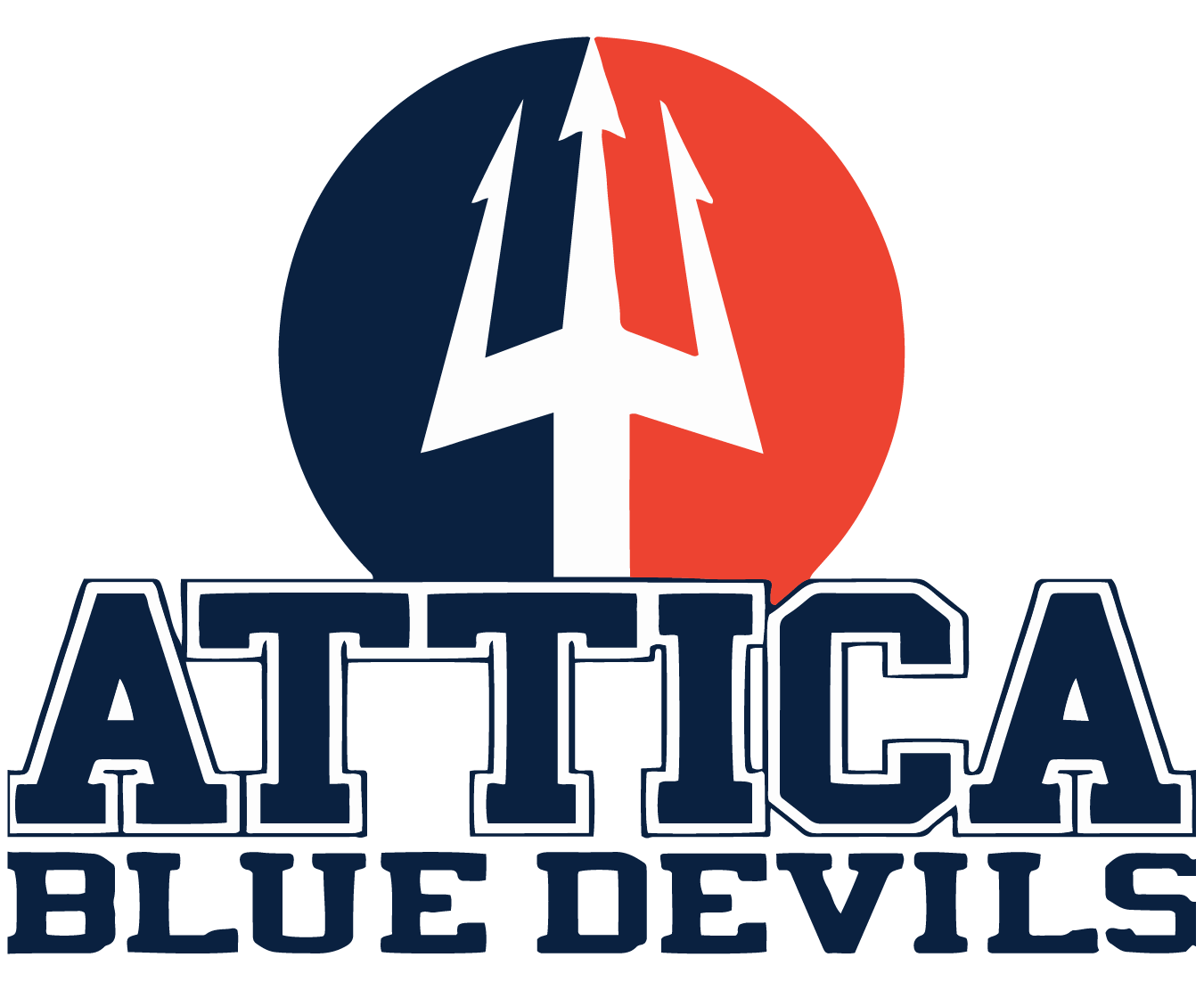As a parent, I would often take a moment or two in the evening to ask my kids about their day in school. Over the years I learned that if I asked them what they did in school, the answers would range from a wild story about something funny that happened in the cafeteria with their friends to the stereotypical response of a high school student: “nothin’.”
If, however, I asked them what they learned in school, the answers often improved. I would still get the grunt or the shrug from time to time, but I would also at times get the beginnings of a pretty good conversation about a concept, fact or skill that they had learned or practiced during that day. It was still a challenge at times to get a really good picture of what exactly they were learning based solely on their accounts, and I was never quite sure if what they said they learned was in fact what they were supposed to have learned that day. In my current role as the director of curriculum, one of my goals is to bring clarity to the answer to that question and to create a clearer picture for parents and family members in the district of just what their student is learning.
Curriculum is a word that has many different definitions, often overlapping and including a wide range of elements. For now, let’s simply define it as two parts that make up a whole.
First there is what we teach. This sounds simple, but it goes beyond the titles of books and the names and dates of history. It is really meant to describe the concepts or skills that we are teaching students. This includes things like how to read, write and solve mathematical equations, and also less tangible concepts like citing evidence in a text, making a healthy choice or recognizing how tempo affects a piece of music. The second part of curriculum is how we teach.
This includes specific strategies that teachers use in a classroom such as independent practice or group work and the utilization of certain technology or other tools in the classroom, among many other things.
In New York, the state leaves decisions about what to teach up to local school districts. The state provides standards, which are essentially a set of annual goals that we want to see students achieve by the end of a given year in any subject. These standards are the same for every district across the state.
What resources and tools to use to help students achieve these standards is a decision left up to school districts. That means a student attending eighth grade in Warsaw or Perry, for example, may not learn the same skills in the same order as a student in Attica, but they will all be expected to show they’ve reached the same standard by the end of the year. So, standards are the same across the state, but the curriculum is different.
As a district, we’ve been devoting significant time and effort to create curriculum documents over the past few years. Our goal in doing so is to create what we call a “guaranteed and viable curriculum.”
While it’s true that a student in a different district may learn different skills in a different order than a student here at Attica, we want to ensure all of our students who are in the same grade or course are learning the same skills in the same order, regardless of who their teacher is.
That’s the “guaranteed” part of the curriculum. The “viable” part means that what we say we are teaching can truly be taught to the appropriate level of understanding in the time available. In other words, we can’t expect students to truly understand and master 57 different skills and 27 different concepts to a high degree of proficiency in a 20-week class. We can, however, expect them to become proficient in 18 truly valuable skills and 12 critical concepts that will set them up for future success in the course of 20 weeks.
This doesn’t mean one student may be learning less than another student as all our students will still need to show proficiency in the standards set by the state.
In the coming months, we will be sharing these curriculum documents with you through our website and I will continue to provide updates on the work and share resources or ideas that you can look at, both as individuals and with your children.
It is my hope that you will find the information valuable. Perhaps it can even be used to elicit something more than a shrug when you ask your children what they learned in school today.
Thank you for your partnership with us in the important work of teaching kids, and we are looking forward to sharing more of this work with you as we move forward.
Matt Stroud is director of curriculum at Attica Central Schools. In this role, he’s responsible for developing, implementing and evaluating the district’s core curriculum, overseeing prek-12 instruction and coordinating professional development programming for teachers and staff.

